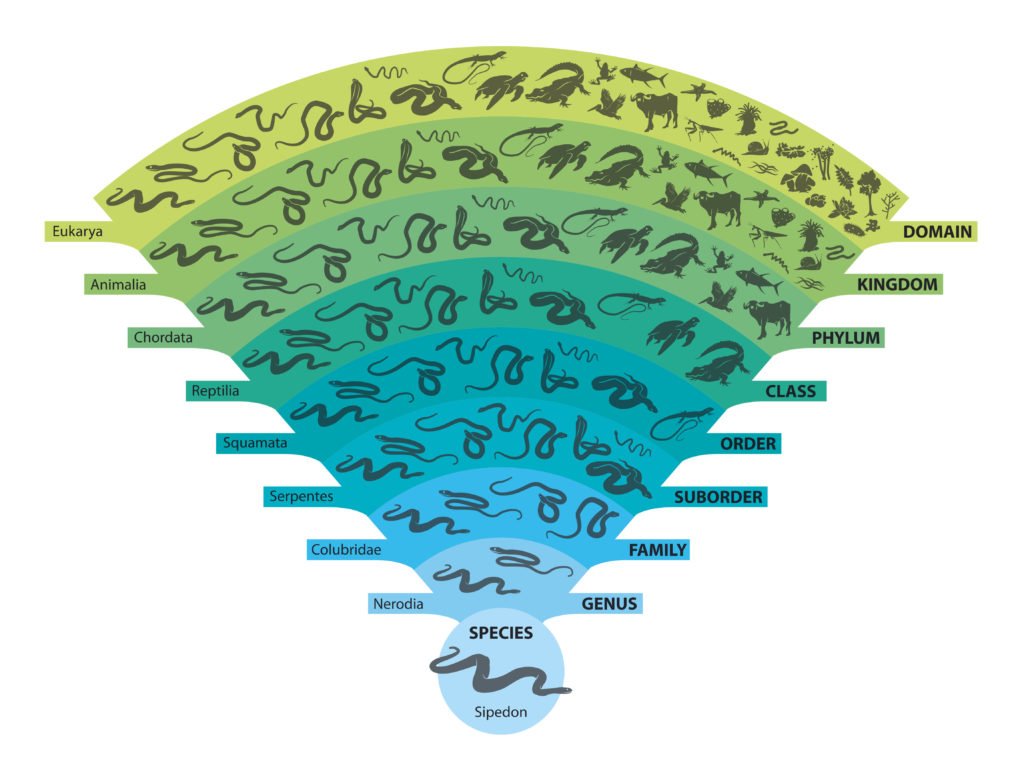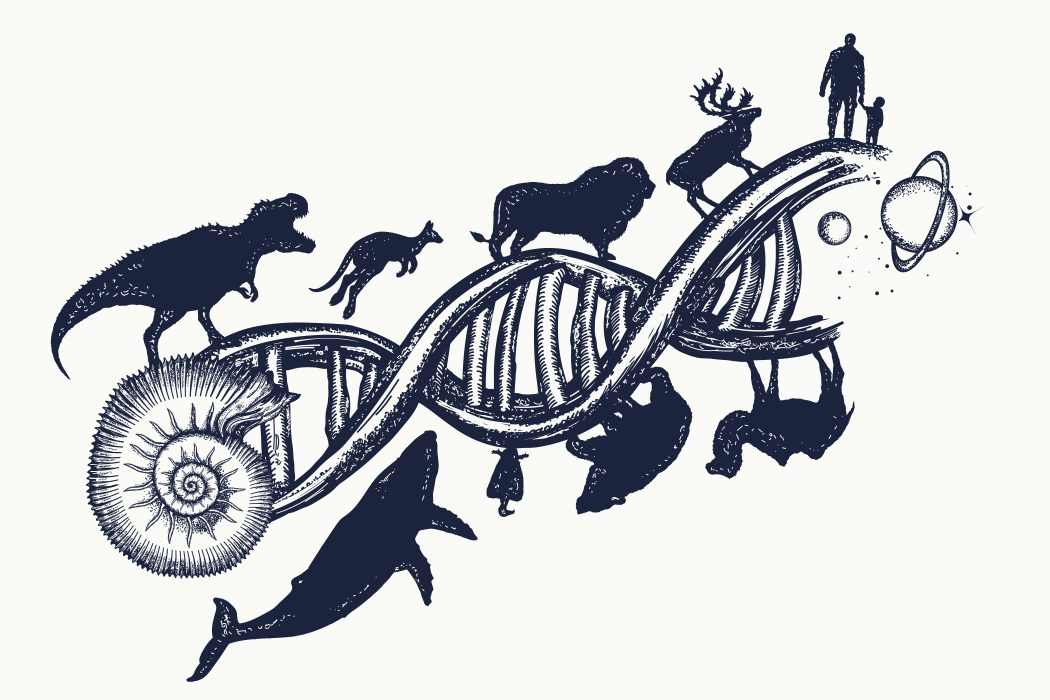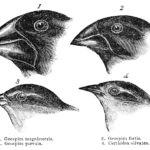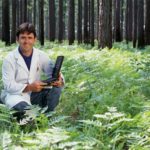|
Biologist today have classified and divided all living things into six groups they call Kingdoms. These kingdoms are based on how living things are the same and how they are different. It is important that you understand that biologists are still learning about our world, and are making new discoveries every single day. As our knowledge about the world around us improves, scientists might find a better way to organize and classify life. As a result, these six kingdoms may someday change. |
|
This would not be the first time that such a change has been made. The first classification system developed 2,500 years ago by a Greek philosopher named Aristotle included only two groups, Plants and Animals. He further placed animals into three groups, those that fly, those that walk, and those that swim. |
The six kingdoms currently accepted by most (but not all) scientists are the Archaebacteria Kingdom, The Eubacteria Kingdom, the Protist Kingdom, the Fungi Kingdom, the Plant Kingdom, and the Animal Kingdom.
Archaebacteria And Eubacteria
|
These two kingdoms are often refered to as Monerans, and consist of unicellular lifeforms. Unicellular means that they only have one cell. Moneran cells are far simpler and more basic than the cells of other lifeforms. These cells have no nucleus, and are also missing many of the organelles, or parts, commonly found in other cells. For this reason, monerans are thought to be very distantly related to other lifeforms. |
|
Monera are classified into two phyla, or groups, autotrophs and heterotrophs. Autotrophs are able to create their own food, similar to plants. Heterotrophs cannot create their own food, and so must rely on autotrophs as their food source. |
 |
Monera are considered by many scientists to be the oldest lifeforms on Earth, and the ancestors of all the other types of life that have since evolved.
Protists
|
The Protista Kingdom consists of unicellular lifeforms (lifeforms with only one cell) who have a nucleus. The primary difference between protists and monera is that protists are more complex, having a nucleus. |
|
Many protists appear to be both plant and animal. Like plants, they are green, and can create their own food. However, like animals, they have moving body parts and are able to move around their environments. You can see why scientists no longer classify living things into two kingdoms. Into which would you put these unique organisms? |
Biologists believe that ancient protists were the ancestors of fungi, plants and animals.
Fungi
|
The Fungi Kingdom is made up of a variety of different fungi. For many years, it was believed that fungi were plants. Today we know that fungi are different from plants in some very important ways. |
|
First, unlike plants, fungi cannot make their own food. They must rely on other food sources to support them. There are also differences in the basic makeup and chemistry of their cells. |
One common type of fungus is the mushrooms you find on your pizza. Other fungi include microscopic fungus, truffles, and more.
Plant Kingdom
|
The Plantae Kingdom is made up of all the plants that you see each day. Most plants are multi-cellular, meaning that they consist of many cells. Different types of plants include trees, grass, flowers, and some types of algae. |
|
Plants use the light from the Sun to produce their own food. This allows them to grow almost anywhere, as long as there is enough water. |
Plants get their green color from the chlorophyll which is found inside of their cells. Plants use chlorophyll to collect energy from the light of the Sun. They then use this energy to create food. In this process, they create the food we eat and the oxygen we need to breathe. Plants are very important to the life of almost every other living thing.
Animal Kingdom
|
Like many other lifeforms, animals are multi-cellular. These cells come together, forming tissues, organs and organ systems, that help sustain the life of the animal. From elephants to snails, animals come in many shapes and sizes, and can be found all over the world. |
|
Animals cannot make their own food. They must rely on other living things, such as plants, fungi, and other animals to sustain them. Without other food sources, animals could not survive. |
There are more species of animals than in all the other kingdoms combined. From worms, to blue whales, to bald eagles, animals have evolved to fit a wide variety of niches.






